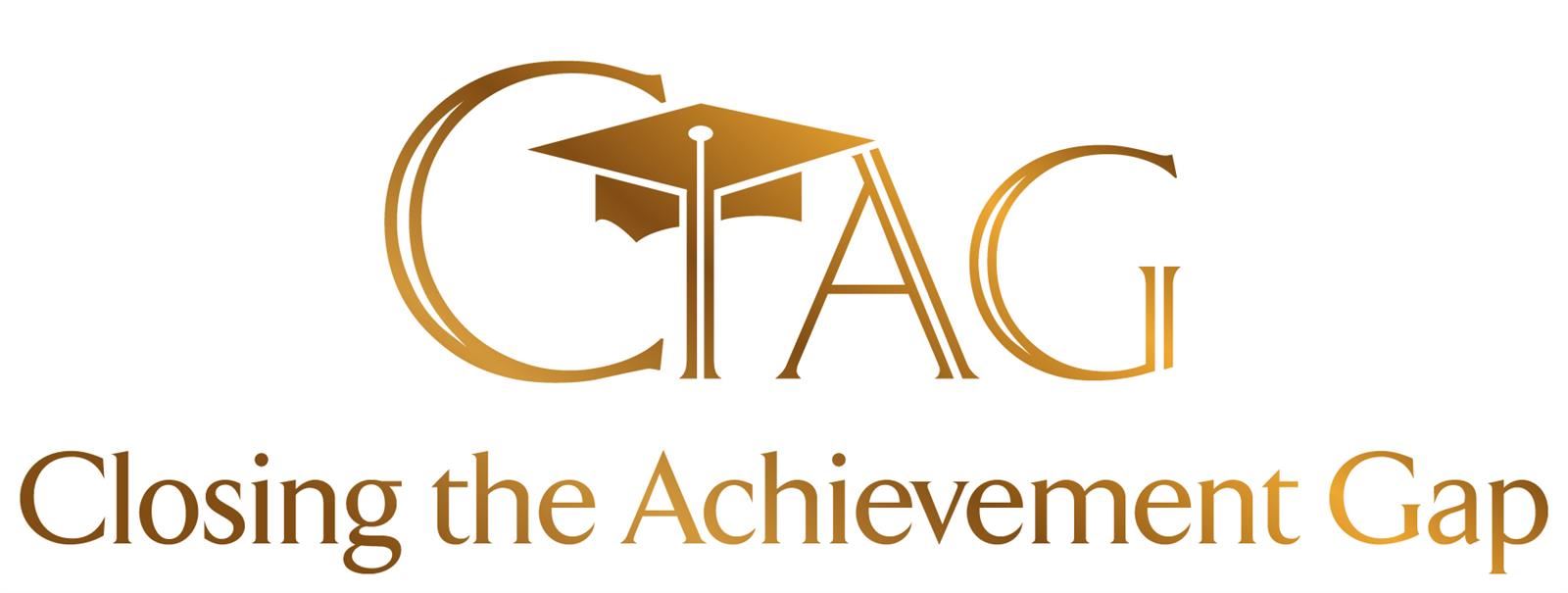- Cleveland Metropolitan School District
- Humanware Initiatives
- CTAG (Closing the Achievement Gap)
-
CTAG (Closing the Achievement Gap)

The Closing the Achievement Gap (CTAG) program was initiated under the leadership of Ohio Governor Ted Strickland, with the specific purpose of assisting at-risk students on their quest to become high school graduates.

June 2018
Under Section 3306.31 of the Ohio Revised Code, school districts with a three-year overall average graduation rate of 80 percent or less were required to have a CTAG program in each “eligible school.”
Four “risk factors” were cited for identifying students who were endangered of not progressing with their grade-level peers.
Those risk factors were:- Failed two or more core classes in eighth grade
- Absent more than 20 percent of the school year
- Received five or more days of out-of-school suspension
- Over-age for their current grade (an indication of possible retention)
In 2010-2011, CTAG received funding from Race to the Top, a federal education initiative of the Obama Administration. The program expanded its mission to include “Assurance E,” which had a Race to the Top goal of turning around low-achieving schools.
In 2018-2019, CTAG received funding from the County of Cuyahoga on behalf of the Office of its Office of Health and Human Services, Division of Community Initiatives, Family and Children First Council. The program expanded its mission to include a female mentoring component that will be piloted in two CTAG high schools.
A cornerstone of CTAG has always been the Linkage Coordinators. They function as the primary mentors, life coaches, motivators, and advocates for the students in the program. Linkage Coordinators seek to provide life-changing experiences that afford the students in CTAG an opportunity to attend exposure events and activities outside their neighborhood. In addition, program participants are guided through a range of social and emotional developmental interventions offered in their school and community.



